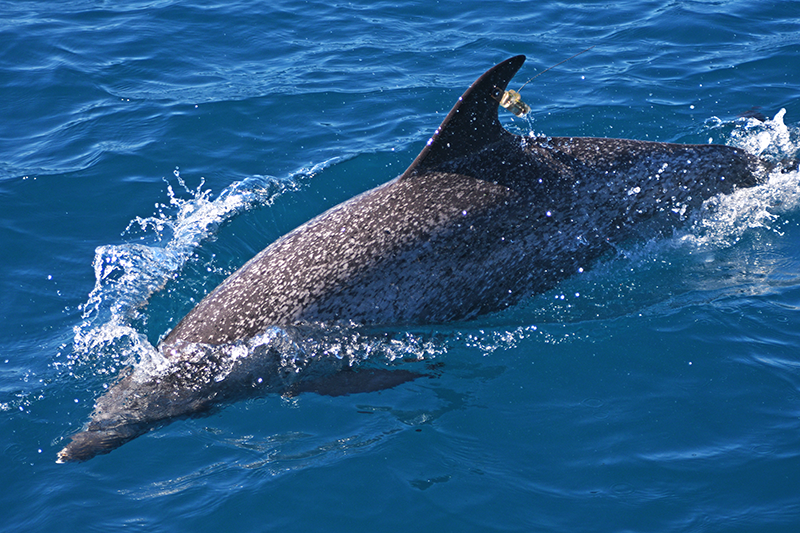What do TADpoles have to do with dolphins? Development of a remote Tag Attachment Device
The Sarasota Dolphin Research Program has acted as a testbed for the development of many innovative methods to study marine mammals. Since 1975, Sarasota Bay has been used extensively for testing electronic tags, including radio-tags and satellite-linked tags, for tracking the movements and behavior of dolphins, leading to the very small transmitters used widely today.
SDRP’s use of UHF/VHF radio-tags and satellite-linked tags for tracking the movements and behavior of dolphins in Sarasota Bay have contributed to the development of the very small transmitters that are today used widely around the world, as well as the early development of digital acoustic archival tags (DTAGs), attached by suction cups for up to about 24 hours, by Woods Hole Oceanographic Institution (WHOI) and University of St Andrews (Scotland). Scientists and engineers benefited from tests on bottlenose dolphins in Sarasota Bay.
Technological innovations continue today, and the most recent tool in development is the pole-mounted Tag Attachment Device (TADpole).
In 2014, we began working with engineers and a veterinarian from WHOI to develop a tool that would allow us to remotely attach satellite-linked tags to free-swimming, bow-riding dolphins.
Previously, tag attachments had required catch-and-release or the use of a rifle or crossbow to attach a projectile tag via embedding barbs. The former is expensive and logistically complex — especially with animals in deeper water — and the latter was an approach the SDRP did not want to employ. So we began working to develop this new approach. As of March 2025, we’ve tagged eight dolphins with the tool. The most recent tags were applied for the first time from a different boat, and by more than one tagger, demonstrating the utility of the tool and making for our most successful day of offshore tagging yet. (You can read more about our offshore research here.)
In this April 22, 2025, presentation to the National Marine Mammal Stranding Network, SDRP Director Dr. Randy Wells explains the development of this exciting new tool and how it can help dolphin conservation around the world.

“Bernd,” a male Atlantic spotted dolphin, Stenella frontalis, tagged using the TADpole on Feb. 26, 2025.





